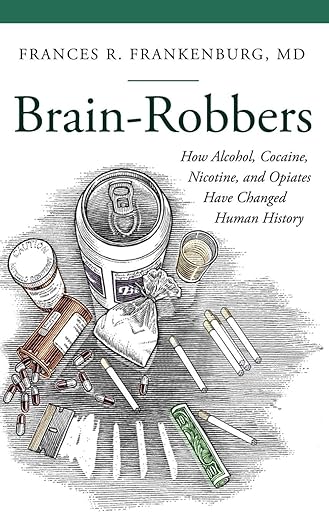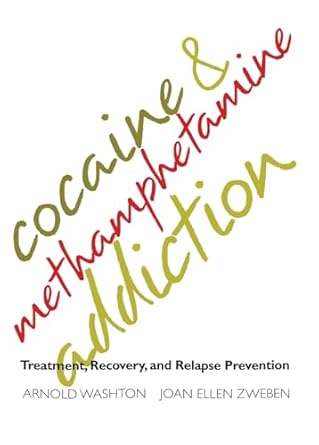Cocaine/Crack
Cocaine is an addictive stimulant drug made from the leaves of the coca plant (Erythroxylon coca), native to South America. Cocaine can be snorted through the nose, rubbed into gums, injected into the bloodstream, or smoked.
Serious medical complications can occur with cocaine use, including cocaine use disorder and overdose. Also, adulteration of cocaine with highly potent fentanyl and related substances is a major contributor to the rising drug overdose deaths.
Source: NIDA. 2024, September 27. Cocaine. Retrieved from https://nida.nih.gov/research-topics/cocaine on 2025, February 5.
From Our Collection
Cocaine / Crack Addiction is Treatable.
Help is available:
- In Connecticut, call 1-800-563-4086.
- In the United States, call 1-800-662-HELP (4357) or visit findtreatment.gov.
Locate a Treatment Facility
Self-Help Groups
Screening Tools
Fact Sheets
Curricula & Lesson Plans
Videos
Podcasts
Trainings
Gender Differences and Stimulant Use (ATTC Network) Polysubstance Use Among Stimulant Users (ATTC Network) Stimulant Use Among African Americans (ATTC Network)
Research & Data
- PubMed
PubMed comprises more than 20 million citations for biomedical literature from MEDLINE, life science journals, and online books. Citations may include links to full-text content from PubMed Central and publisher websites.
- Research Data, Measures & Resources - NIDA
Links to various NIDA publications, databases, surveillance, prevention & treatment resources, and more.
- SAMHSA Data
Find data and reports on mental health, substance use treatment, and drug use from sources that include: the National Survey on Drug Use and Health (NSDUH), Treatment Episode Data Set (TEDS), National Survey of Substance Abuse Treatment Services (N-SSATS), National Mental Health Services Survey (NMHSS), and more.




